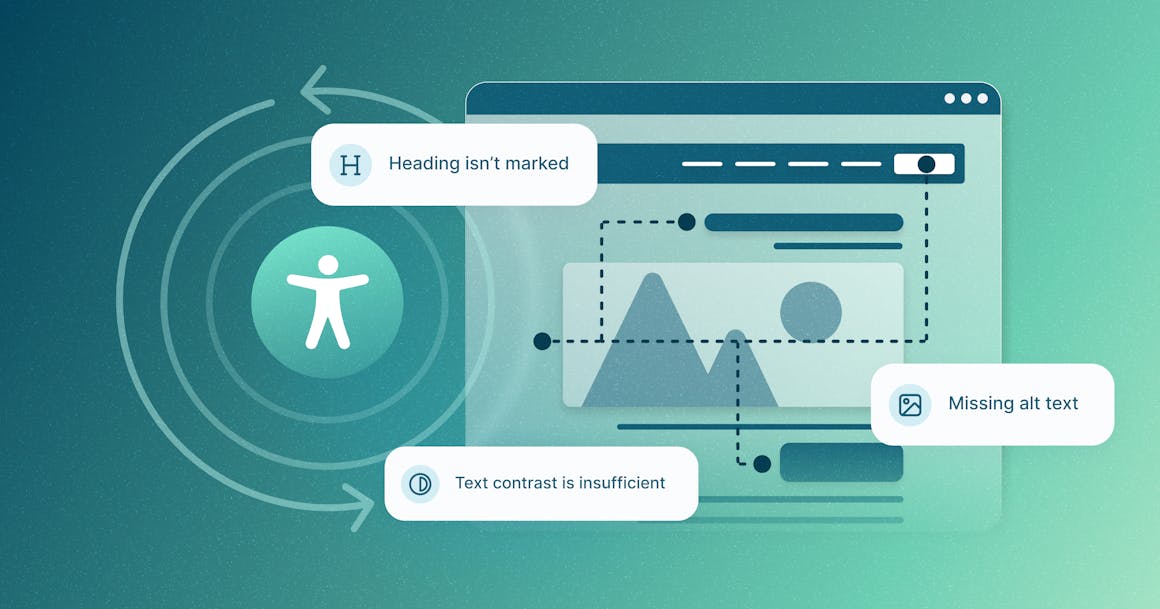Bydly Insights
Explore the latest news, trends, and insights across various topics.
Access Granted: Making Your Website a Welcoming Space for Everyone
Unlock the secrets to inclusivity! Transform your website into a welcoming space for everyone and boost engagement today!
How to Create an Inclusive Website: Best Practices for Accessibility
Creating an inclusive website goes beyond aesthetic design; it involves making your content accessible to all users, regardless of their abilities. To achieve this, best practices for accessibility should be integrated from the very beginning of your design process. Start by ensuring your site is navigable using keyboard shortcuts, as many users rely on keyboard navigation rather than a mouse. Additionally, utilize clear and concise alt text for images, which is crucial for visually impaired users who use screen readers to interpret your content. This simple step can significantly enhance the user experience for those who rely on assistive technologies.
Furthermore, maintain a sufficient contrast ratio between your text and background colors to ensure readability for individuals with visual impairments. Use tools like contrast checkers to evaluate your color choices effectively. Incorporating headers and lists can also help structure your content, making it easier to scan and comprehend. Lastly, consider adding captions or transcripts for audio and video content, which not only aids users with hearing impairments but also benefits those who prefer reading. By prioritizing these best practices for accessibility, you create a more inclusive digital environment that invites all users to engage with your website.

The Importance of Accessibility: Making Your Website Welcoming to All Users
In today's digital age, the importance of accessibility cannot be overstated. Making your website welcoming to all users, including those with disabilities, is not just a moral obligation—it is also a legal requirement in many jurisdictions. By implementing accessibility features, such as keyboard navigation, screen reader compatibility, and alternative text for images, you enhance the user experience for everyone. Here are some key benefits of prioritizing accessibility:
- Expanding your audience reach
- Improving SEO ranking
- Creating a positive brand image
Additionally, by transforming your website into an accessible platform, you not only comply with regulations but also foster a culture of inclusivity. Websites that are difficult to navigate can alienate potential customers and hinder their engagement. It’s essential to consider diverse user needs; for example, utilizing high-contrast color schemes can aid visually impaired users, while providing clear, concise text can benefit those with cognitive challenges. By investing in accessibility, you not only make your site welcoming to all users, but you also pave the way for greater user satisfaction and loyalty.
Frequently Asked Questions About Website Accessibility and Inclusivity
Website accessibility refers to the practice of designing websites that can be used by everyone, including individuals with disabilities. Many people frequently ask, What are the key components of accessibility? To ensure a website is accessible, it should comply with established guidelines, such as the Web Content Accessibility Guidelines (WCAG). Key components include providing alternative text for images, ensuring proper color contrast, using accessible navigation, and ensuring that all interactive elements can be operated via keyboard. Another common question is, Why is inclusivity important? Inclusivity ensures that all users, regardless of ability, can access and benefit from digital content, which in turn fosters a more equitable online environment.
Another frequent inquiry is, How can I test my website for accessibility? There are various tools and methods to assess accessibility, including automated evaluation tools and manual testing by individuals with disabilities. Regular checks can help identify barriers that users may face. Additionally, many ask, What are the consequences of ignoring website accessibility? Failing to make a website accessible can lead to legal repercussions, a loss of potential customers, and damage to a company’s reputation. Thus, prioritizing accessibility is essential not only from a moral standpoint but also from a business perspective.